How does the male ball valve design enable smooth and effortless on/off operation?
The male ball valve design is a key characteristic...
MORE >>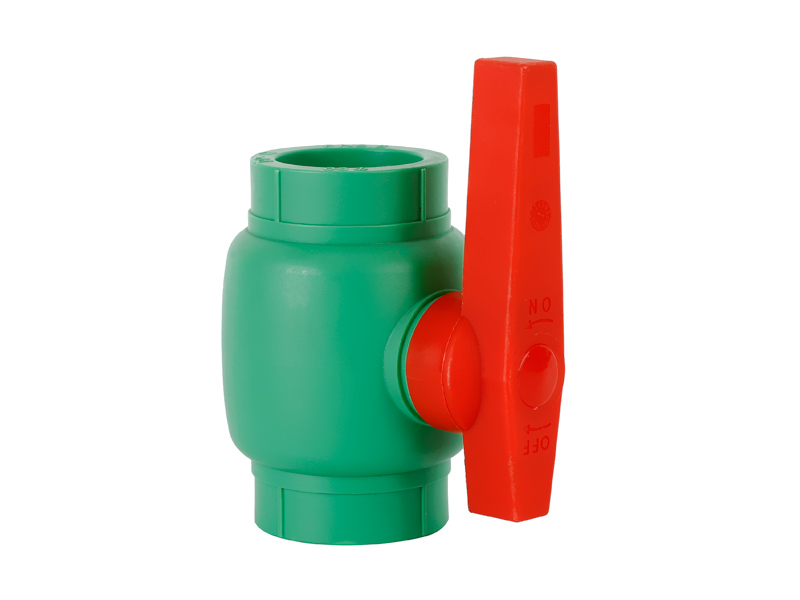
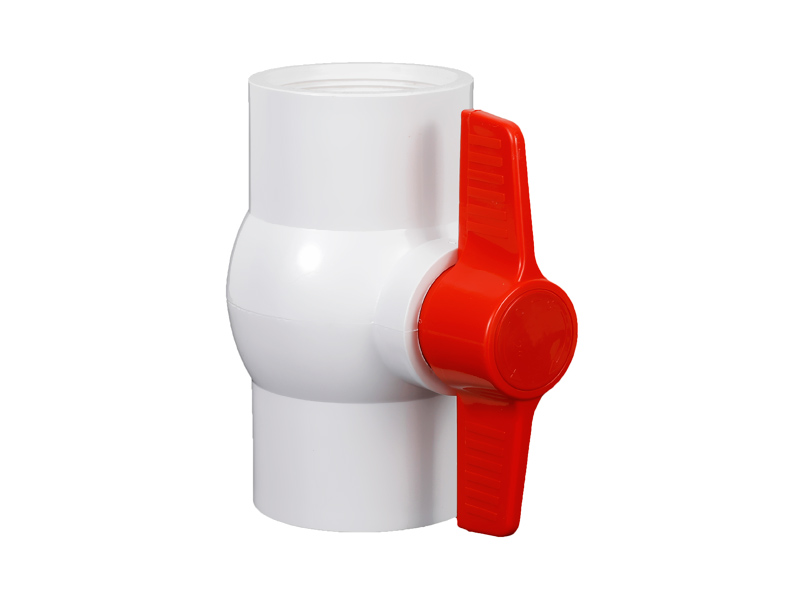
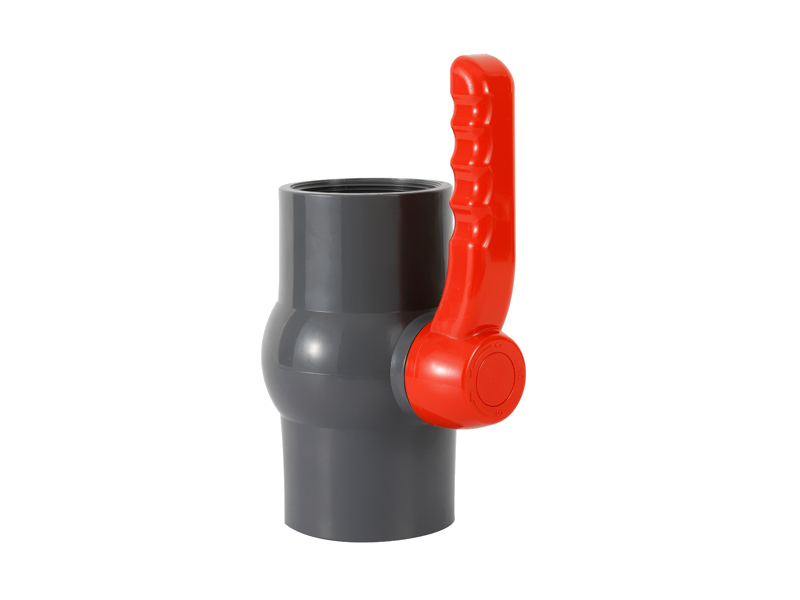
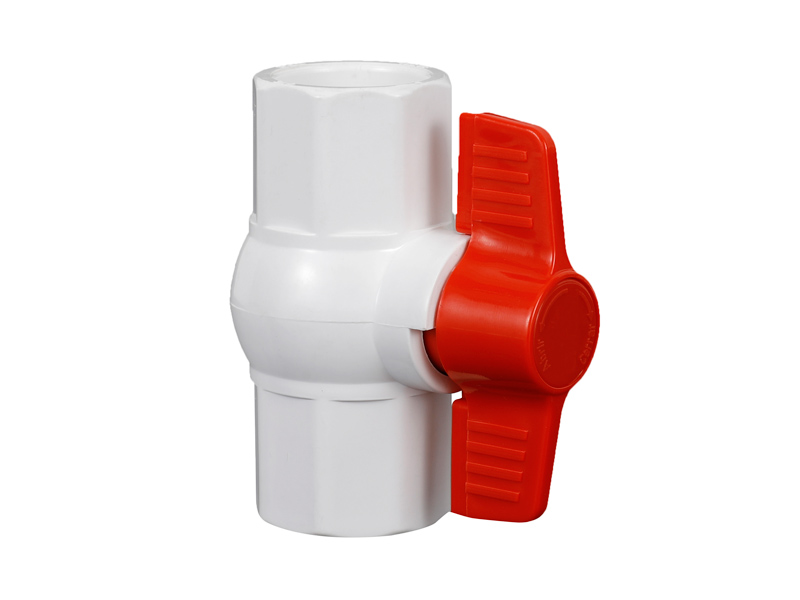
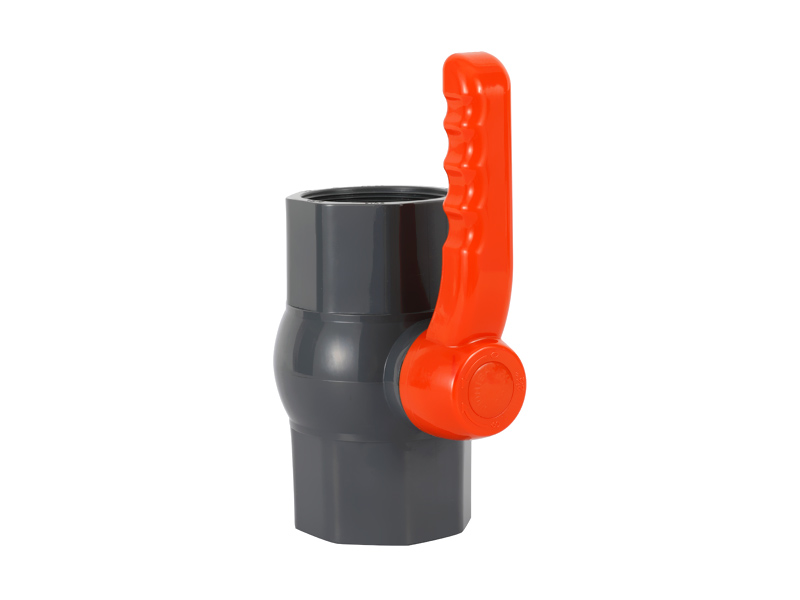
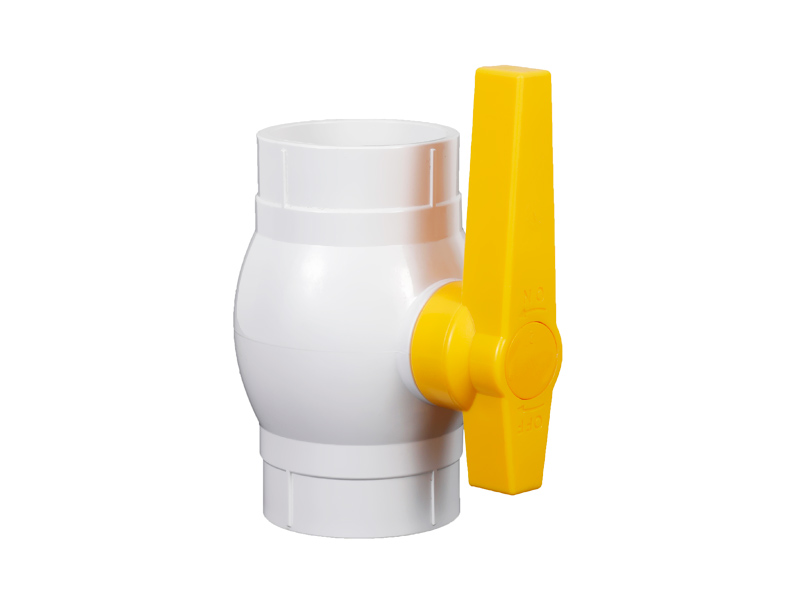
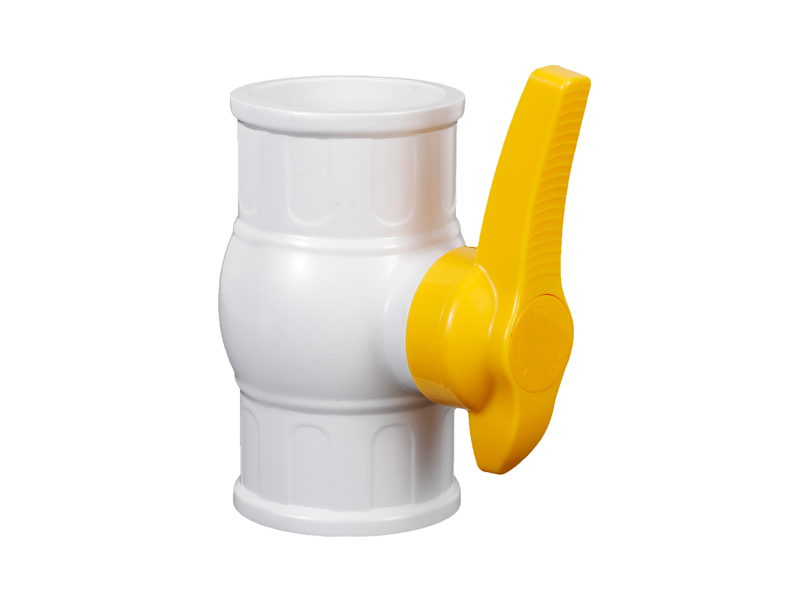
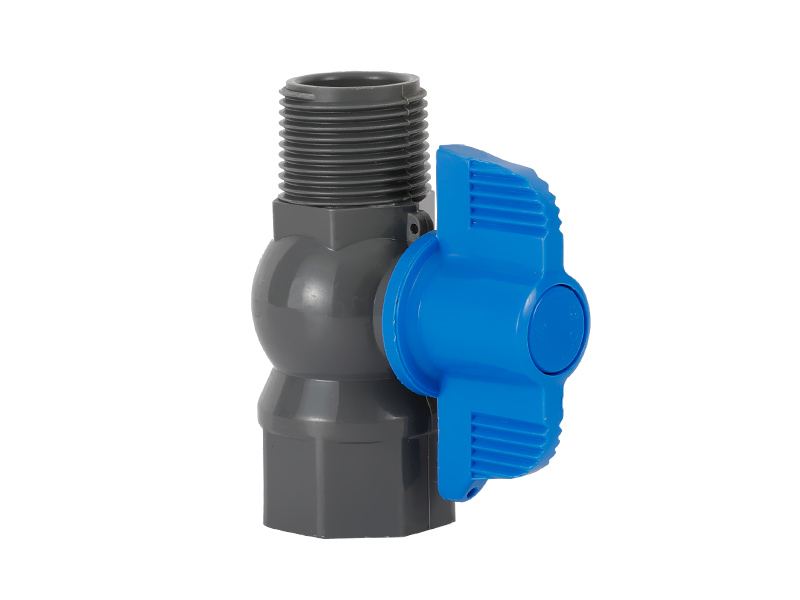
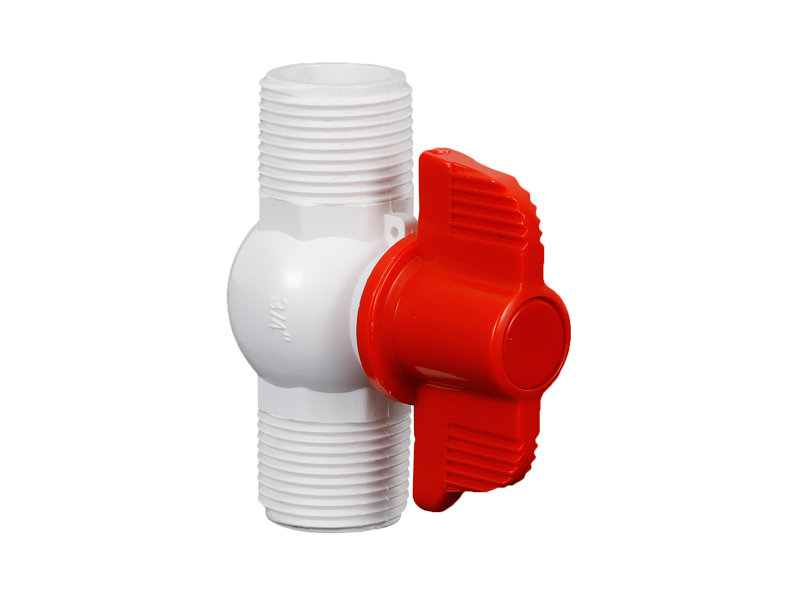
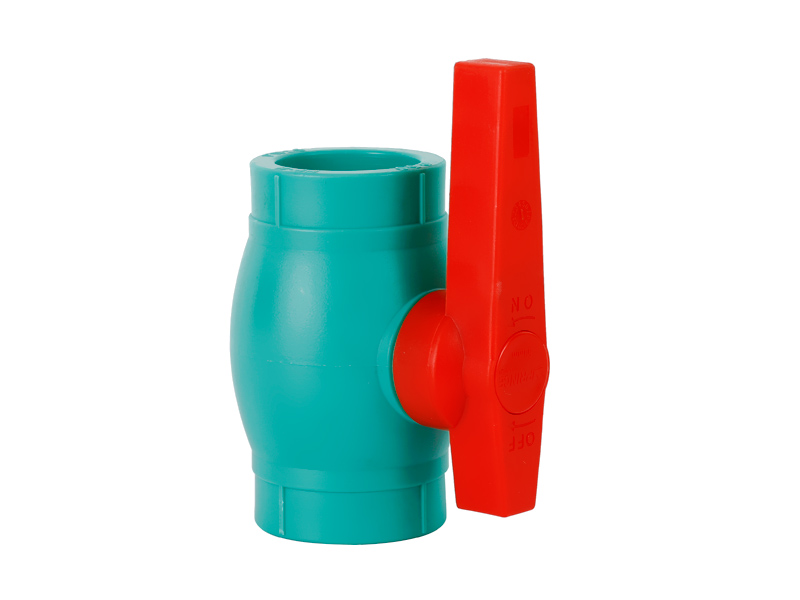
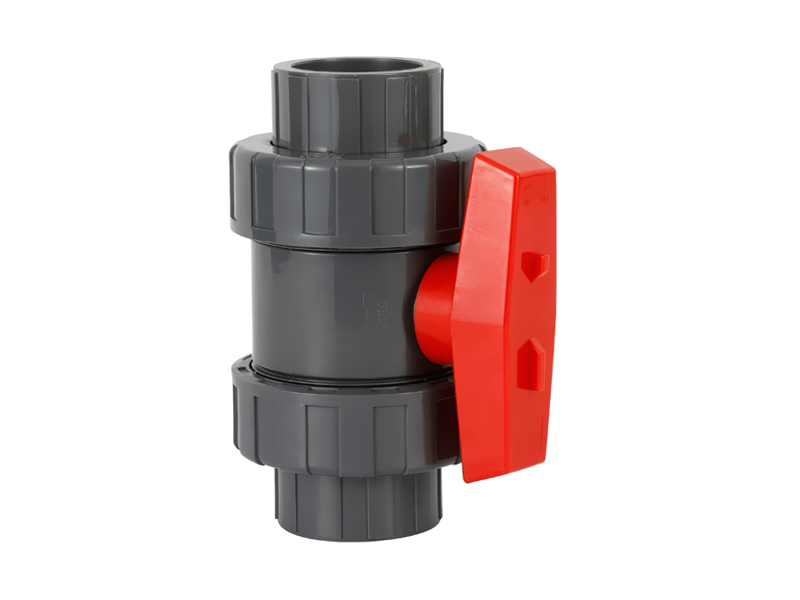
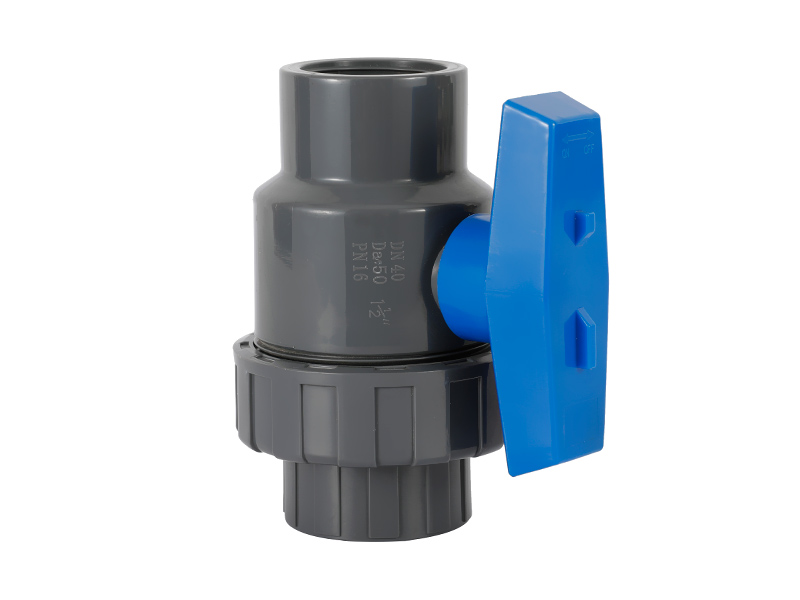
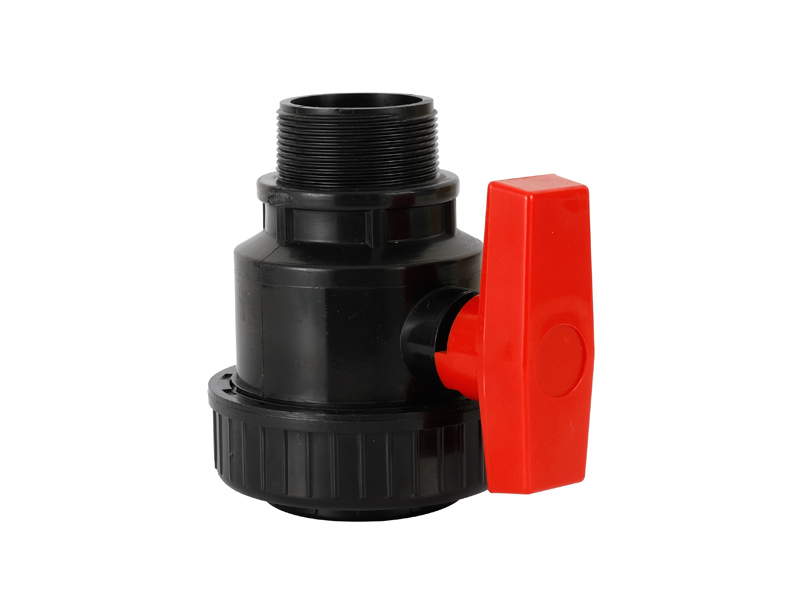
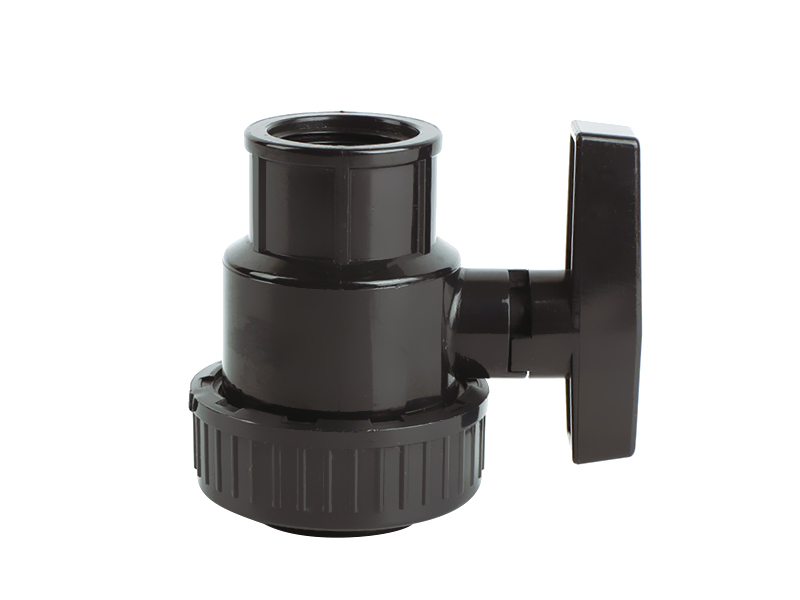
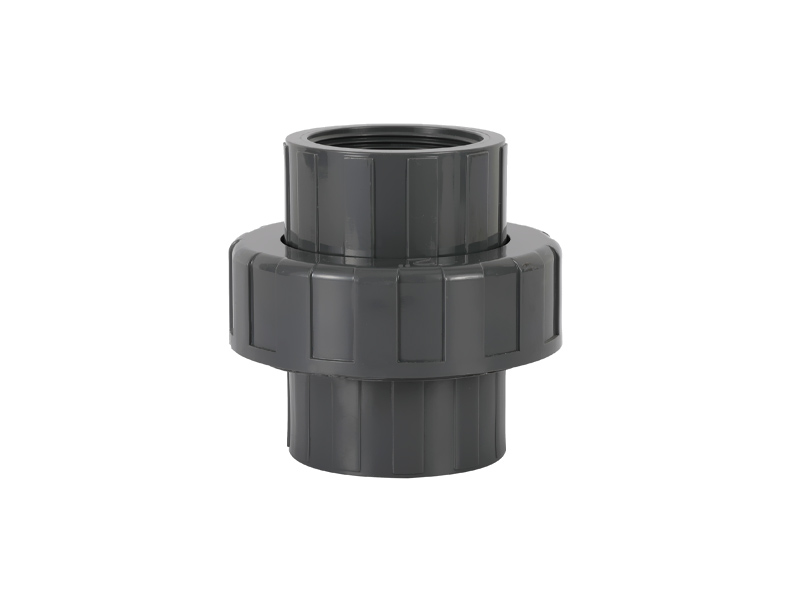
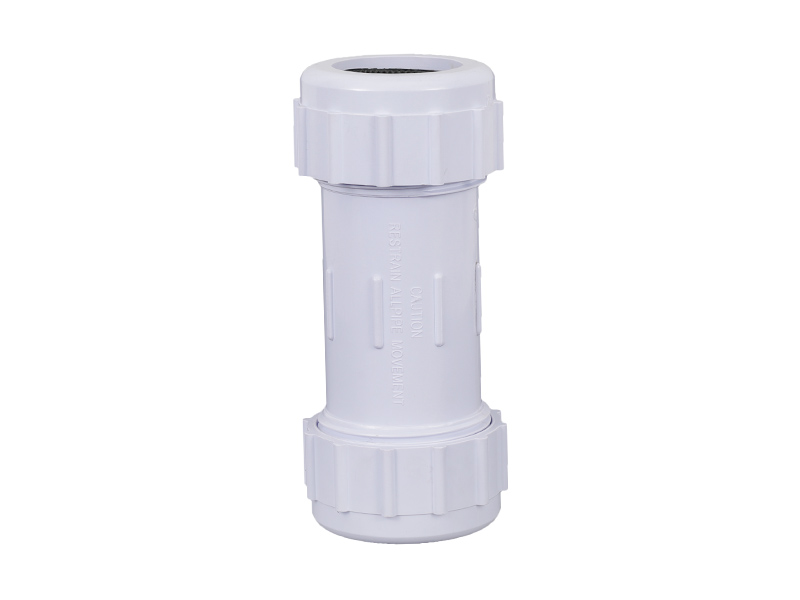
If you have basic valve knowledge, you are probably fam […]
If you have basic valve knowledge, you are probably familiar with ball valves – one of the most common types of valves available today. A ball valve is typically a quarter-turn valve with a perforated ball in the middle to control flow. These valves are known for being durable with excellent shutoff, but don’t always offer very precise control. Let’s talk about when it’s okay to use a ball valve as a control valve.
Even though ball valves aren’t the best device to control flow, they are still commonly used because of their cost effectiveness. You can get away with using a ball valve in an application that doesn’t require precise adjustability and control. For example, a ball valve should have no problem keeping a large tank filled at a certain level within a few inches.
As with any equipment, you will need to take the complete process conditions into consideration before selecting your valve. This includes the product or material, size of piping, flow rate, etc. If you are trying to control an expensive material that you are worried about wasting, you might not want to rely on a ball valve.
Ball valves aren’t very precise because their adjustment isn’t proportionate to the large amount of flow that the open hole provides. There is also ‘slop’ or ‘play’ in between the stem and ball that hinders precise control. Lastly, the amount of torque required to adjust ball valves doesn’t allow for fine adjustment near the “closed” and “open” position.
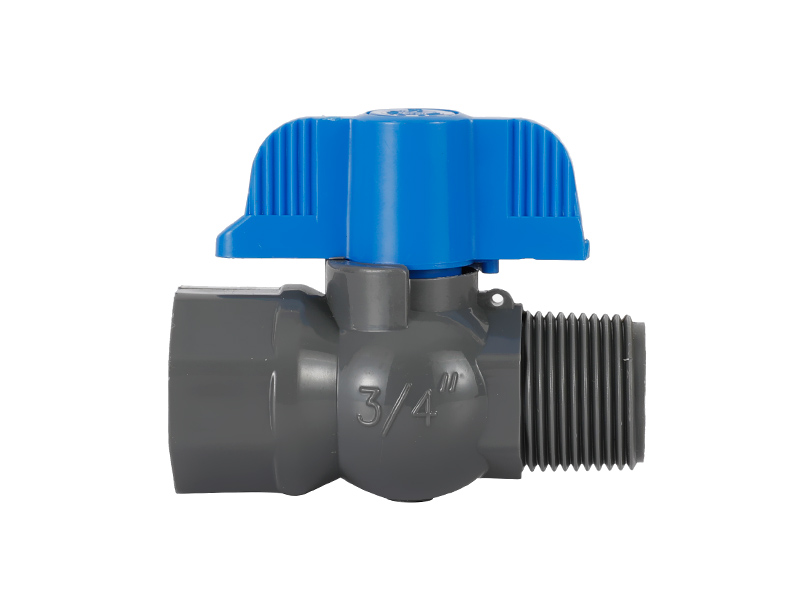
The male ball valve design is a key characteristic...
MORE >>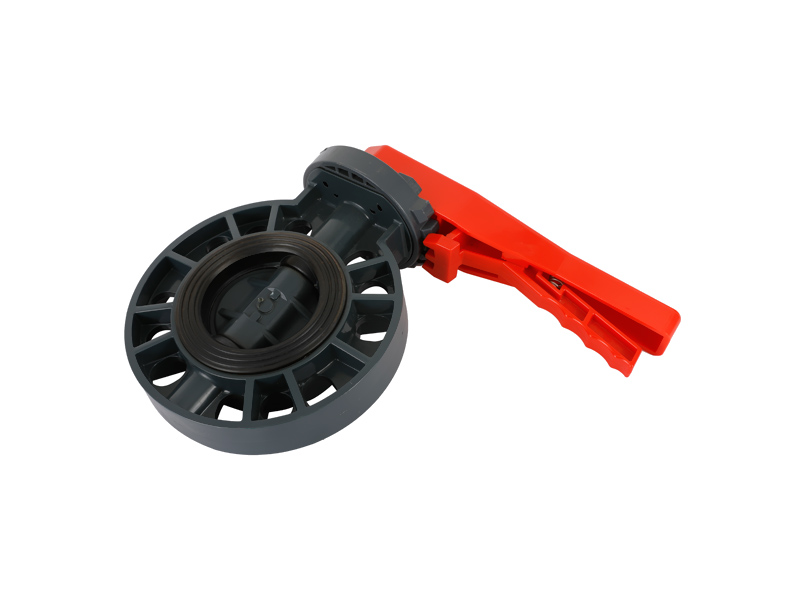
In today's modern world, efficient and reliable wa...
MORE >>
Copyright ©All rights reserved:Zhejiang Xier Plastic Valve Lead Co.,LTD. PVC Ball Valves Manufacturers Technical support: HWAQ  浙公网安备 33060402001174号
浙公网安备 33060402001174号

 English
English España
España عربي
عربي